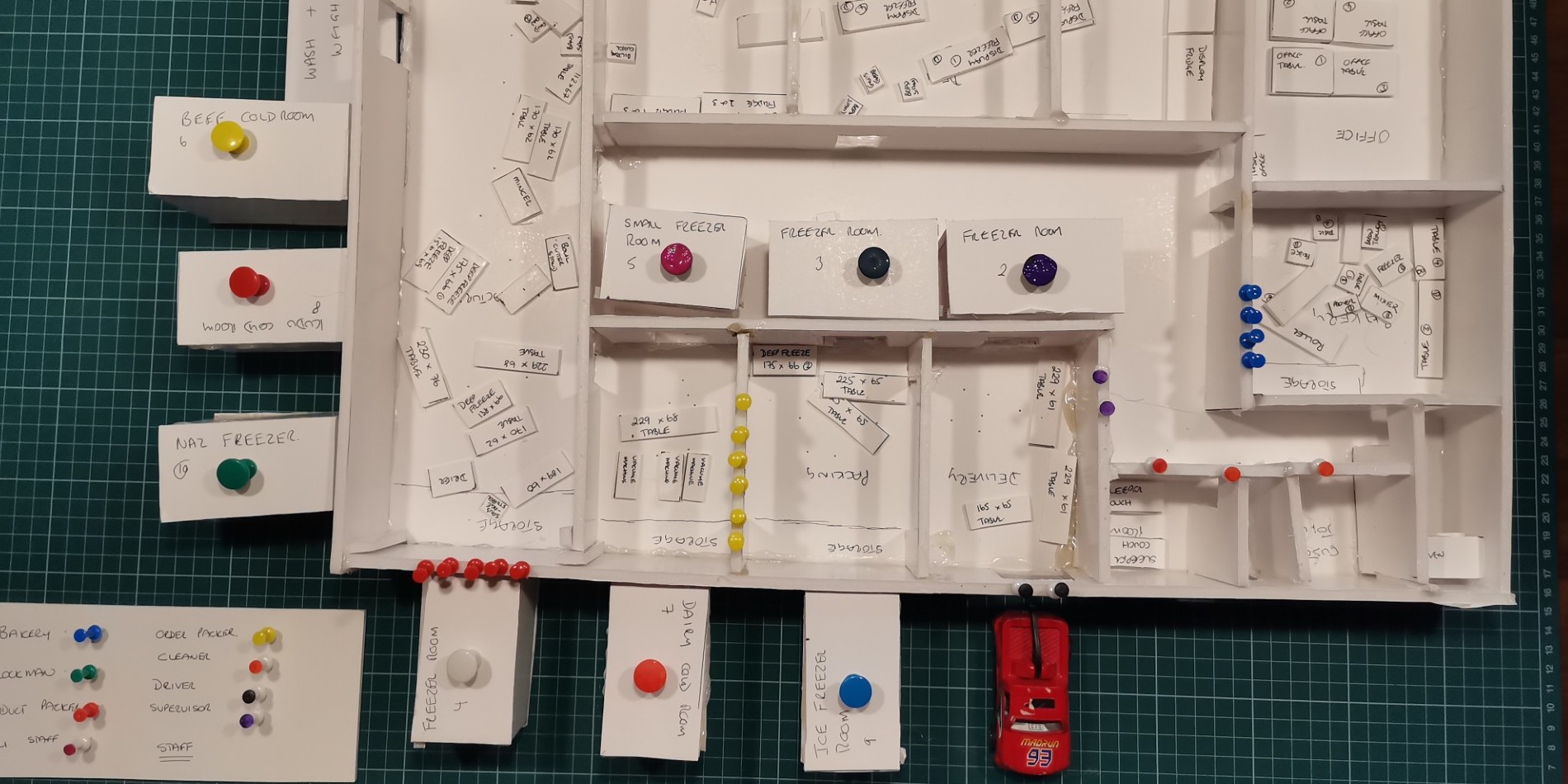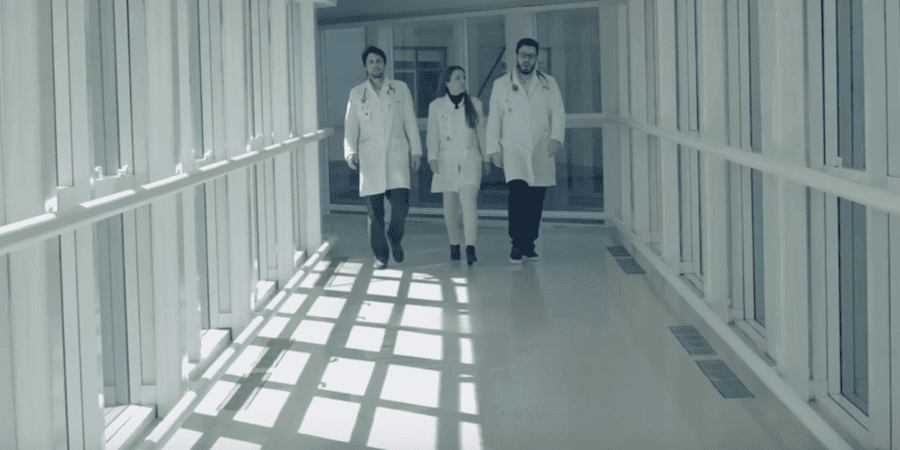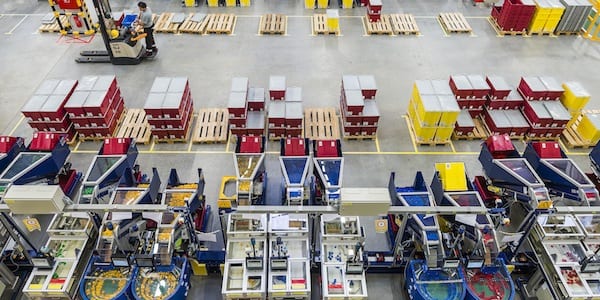
Ballé, Jones and Chaize on reusable learning in lean
FEATURE - Effectively dealing with a problem means learning to solve it in a variety of scenarios, not perfecting a point solution. For too long in lean we have only focused on gaining reusable knowledge... but what about reusable learning?
Words: Michael Ballé, Jacques Chaize and Daniel T Jones
Knowledge is stock, learning is flow. Revealing problems in our processes and engaging teams in learning how to solve them enables us to continue improving, in the same place or elsewhere. In fact, what allows us to achieve continuous performance improvements is our ability to apply the knowledge we gain in other contexts. Therefore, a key aim of lean thinking is to produce reusable knowledge, even thought this turns out to be not as straightforward as it sounds.
What do we mean by "knowledge" anyway? Typically, knowledge is a statement that 1) matches facts, 2) is generally true, and 3) is collectively recognized to be so. Some lean statements fit the bill. "When you move from batching to single-piece-flow, you gain 30% percent productivity", for example, seems to work every time, whether we are folding letters and putting them in envelopes (try it) or cleaning trains (the Japanese know that doing so car by car is more productive than splitting cleaning activities and running each 0f them throughout the train, as we usually do in the West).
As we mentioned, knowledge is only useful if it can be reused, which leads to our habit of collecting information and recording it, for example in manuals. Indeed, lean roadmaps first came together at Valeo to classify all the new knowledge the company's engineers were learning in the early 1990s, both from their own improvement activities and from what they saw at Toyota and its Japanese suppliers. In order to organize their thoughts, they picked topics, described their starting point as level 1 and Japanese best practice as level 5, and filled in the remaining steps as best they could. This exercise was immensely valuable as a learning tool, but when used to make people catch up and climb the learning curve it simply wouldn't work. The knowledge was not reusable enough.
Why is this? We think true statements present three difficulties:
- They're rare: there are not many statements and ideas that we can confidently consider true in all cases – beyond reducing batch sizes, bringing inspection closer to the process point, or speeding up logistics flows. These broad principles are our very few certainties.
- They have a half-life: no "fact" remains true forever (that would be a religion). Over time, smoking has gone from recommended by doctors to deadly. Researchers study facts as a vast body of knowledge and show that knowledge decays – for example, half the facts known in surgery become false every forty-five years, or, as one neurologist quipped, "It takes 50 years to get a wrong idea out of the medicine, and 100 years to get a right one in." (See Arbesman's The Half-Life of Facts)
- They're interpreted differently depending on the context: doesn't lean only work in low-variety high-volume environments? How does one-piece flow apply in process operations? Contexts vary considerably and statements considered to be true tend to be assimilated as rules: how do you apply them when it's not easy to do so?
Knowledge is generally thought to be the result of learning, the destination of the journey. But is it? Roadmaps are often taken as the sum of lean knowledge, the path that people should take to accelerate their learning and reach the goal of lean "maturity" regardless of the fact (yes, fact) that this has never worked. However, there is a different lesson that can be drawn from the early roadmaps exercise – rather than reusable knowledge, let's think in terms of reusable learning.
- Reusable knowledge is a destination: the arrival point of the investigation, which can then be applied to all sorts of specific situations.
- Reusable learning is a point of origin and a direction: in any context, knowing where to start and which way to investigate.
This is largely how the Toyota Production System works:

This is also why a lean sensei asks questions rather than give answers – they have a very good idea of the direction and understand the current situation, but don't know what the specific solution is going to be, although, with experience, one can make a good guess and reusable learning then turns into actual reusable knowledge.
Autonomy in dealing with a type of problem does not mean mastering one specific solution, but being able to solve the problem in a variety of cases and conditions. To do so, one needs some idea of the shape of the solution, certainly, but mostly one needs to master the starting point and the direction for investigation.
Reusable learning is industry, or even company specific: when leaders present their lean work, their conclusions are not likely to mean much outside their specific situation, but the work they've done to interpret lean principles in their own industry is absolutely reusable. As a case in point, Grenoble hospital Quality Director Benjamin Garel cracked one of the most difficult hospital problems ever: corridor beds. How did he do it? He set up a bed management unit to follow patient exits across all wards and remove the blockages to exit as and when these are identified.

Specifically, here's how he succeeded:
- He found a ward manager who accepted the role of "bed tracker" to monitor exits that had been planned but didn't happen;
- They set up a war room with a visual board to reveal all the difficult cases: patients with nowhere to go at the time of discharge;
- They worked with the city council to solve these problems on a case-by-case basis;
- And were joined in their efforts by interested doctors;
- Who helped set up a better-equipped patient flow unit, in order to place patients and ensure the therapeutic follow-up once they leave the hospital.
Can this be successfully replicated in another hospital? Probably not, but there is certainly some reusable learning: first of all, start by identifying which patients have no clear destination after leaving the hospital (starting point); secondly, manage the flow of patients beyond hospital boundaries (direction for improvement). In every hospital, a different specific solution will be found, but the reusable learning can accelerate the exploration phase considerably.
More generally, experience with TPS in different industries shows that the first direction for learning differs from field to field:

These directions are no more than starting points. However, knowing this helps gathering momentum at the beginning and lowers the risk of getting lost in trying to fix everything at once – only to solve nothing in the end. This first improvement direction will lead to a new condition, and open the way for a second improvement direction, and so on. Rather than roadmap the solution "steps", we can learn to build learning curves step-by-step.
The difficulty with this approach is that we're all naturally prone to confuse our beliefs with knowledge. We know what we know (or think we know) and don't grasp intuitively why other people don't naturally agree with what we say. Particularly in an organizational environment, much of reasoning is motivated: political sides are drawn, alliances are set, and much of our beliefs are shaped by which side we want to win. Motivated reasoning – and the underlying social pressure – explains how some statements become unjustifiably treated as "knowledge" although they visibly no longer fit the facts, as the context moves on. Reusable learning is not motivated by winning the war of ideas, but by the curiosity of finding out what is really going on. Without a direction for exploration, sheer curiosity is likely to become an ineffective random walk. But without the intent to keep seeking a deeper cause, knowledge calcifies into zombie ideas: ideas that are dead but keep walking the streets and attacking passersby.
This basic lean insight is also reflected in the "5 why" exercise. In another hospital, aquatic therapy sessions had been canceled because the pool was out of order. Asking why, it turned out that the pump feeding the water flow was broken. Asking why again, it was found that the resistance in the pump had blown, which happened often. One more "why?" led to the realization that the filters were caked in calcium. "Why?" Well, no one was responsible for taking care of the filters and it was assumed they were changed with normal pool maintenance, although no one knew for sure. Typically, managing the filters more mindfully would lead to better therapy because of greater availability of the pool, and cheaper maintenance because of greater care of the pump. As Toyota veterans explain, without a clear idea of where to start and a general direction for inquiry, the "5 why" exercise can just as well lead... nowhere. Answering the "why?" question without having a good grasp of the current situation and direction for inquiry easily leads to the wrong "root" cause.
Clearly, we should not altogether abandon our goal of producing reusable knowledge – knowledge is our final goal – but we also need to understand that true statements will be few and far between. We should instead move towards reusable learning, which is the most effective way to manage learning curves and to establish a workable link between the high-level principles of lean and the specific local countermeasures we need to find.
THE AUTHORS



Read more


FEATURE - Looking back to her experience coaching teams in Africa, the author encourages us to introduce play in our work, as a way of teaching people and of unlocking creativity.


FEATURE – The banking sector is floundering in the face of heavy regulation and increased competition from fintechs. So what can banks do? The author suggests they embrace lean IT in order to change their ways.


INTERVIEW – By making lean its way of thinking and acting, a hospital in Porto Alegre, Brazil was able to dramatically improve patient flow and transform its culture.


INTERVIEW – Planet Lean meets LEGO’s Ilona Takács to learn how the toy manufacturer looked at its corporate values to built a new, super-lean factory in eastern Hungary.

